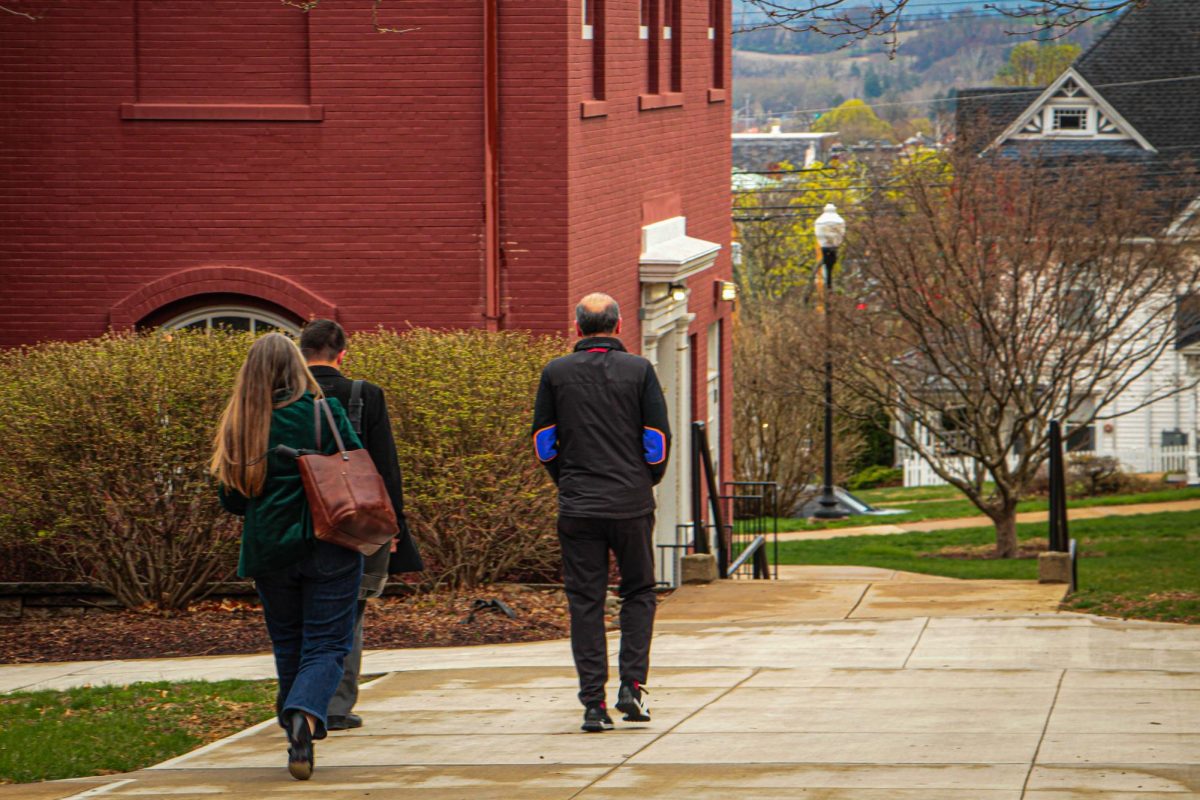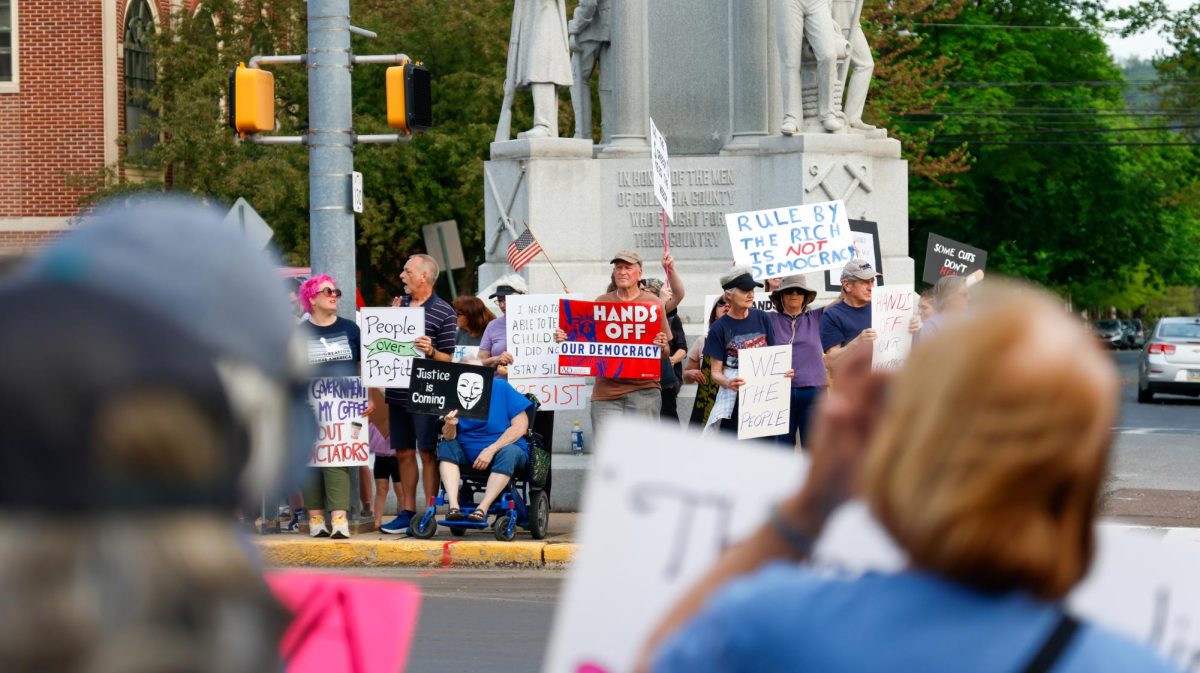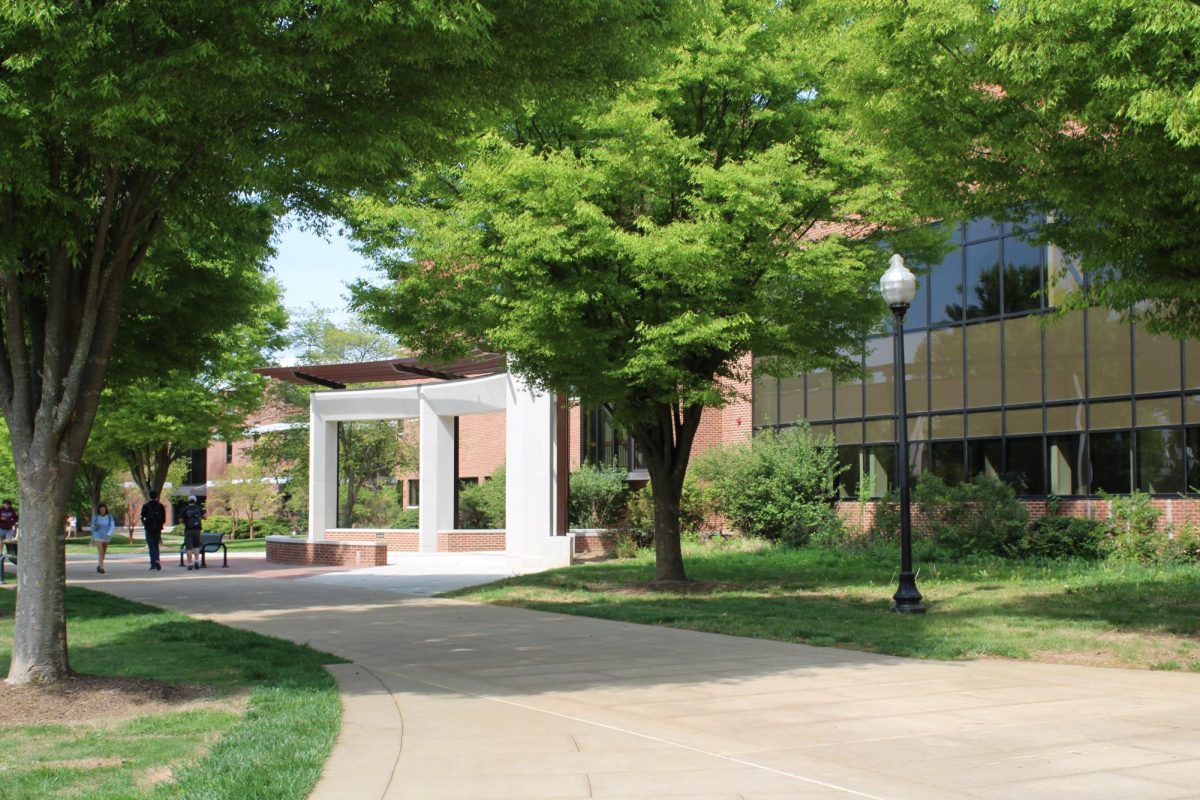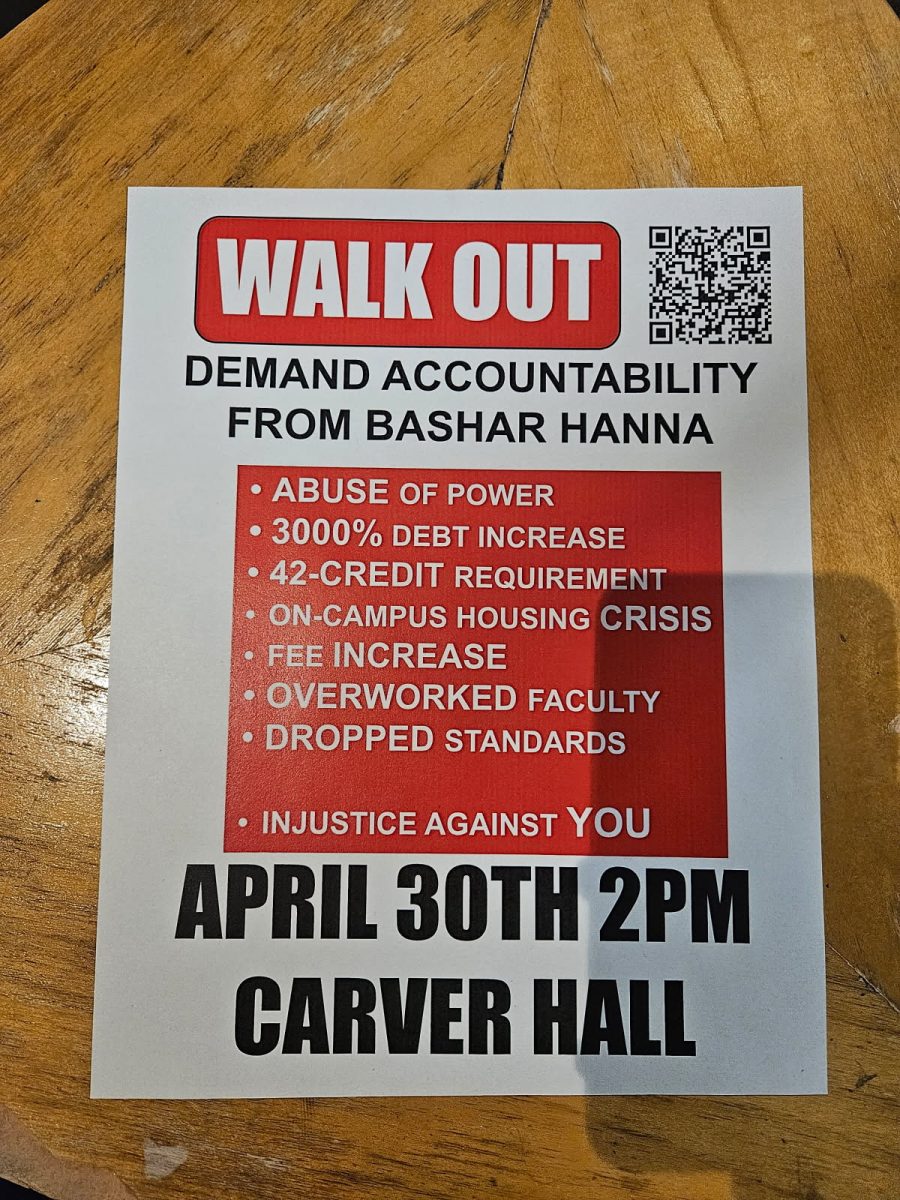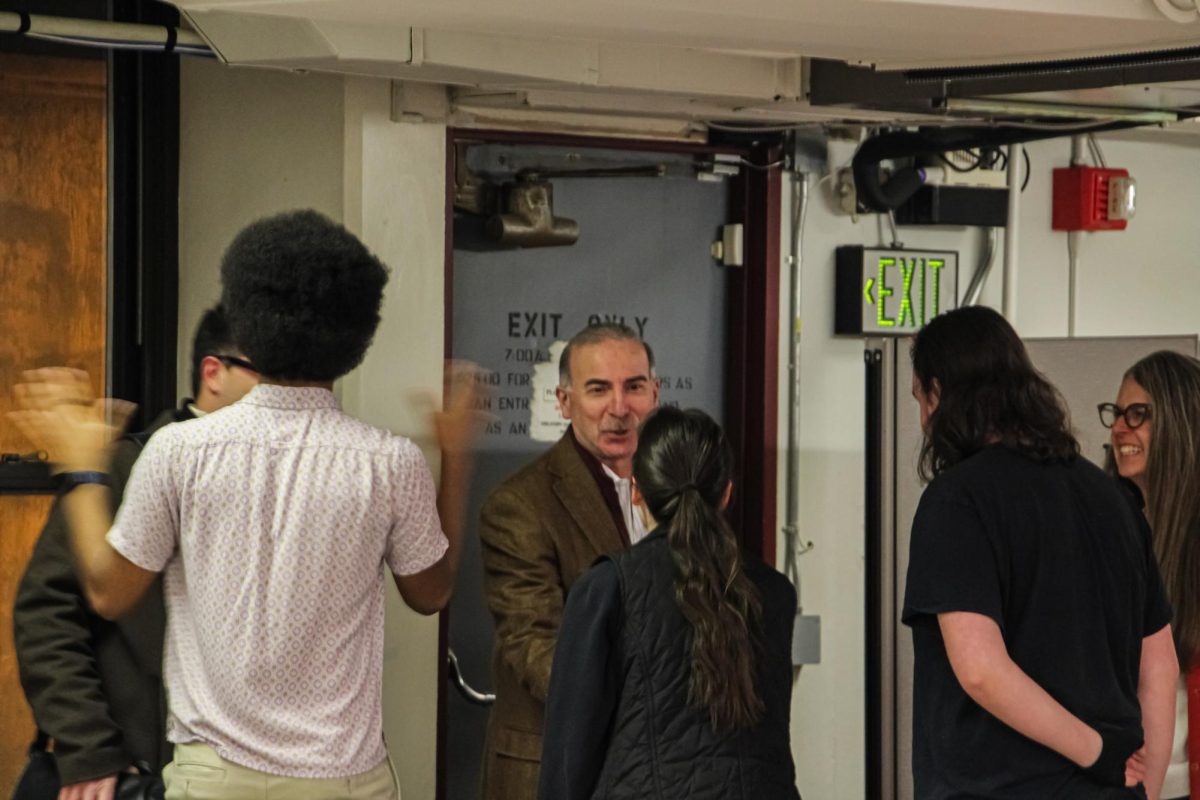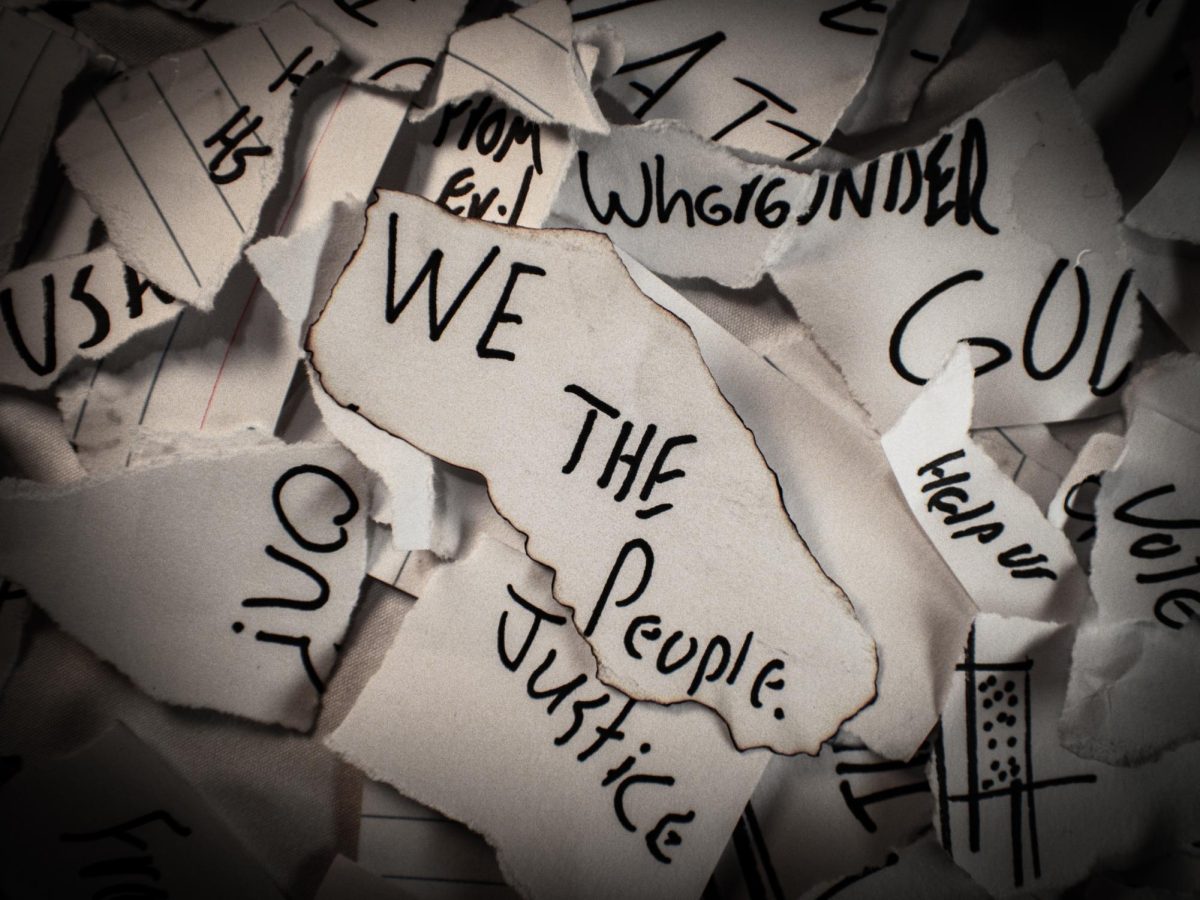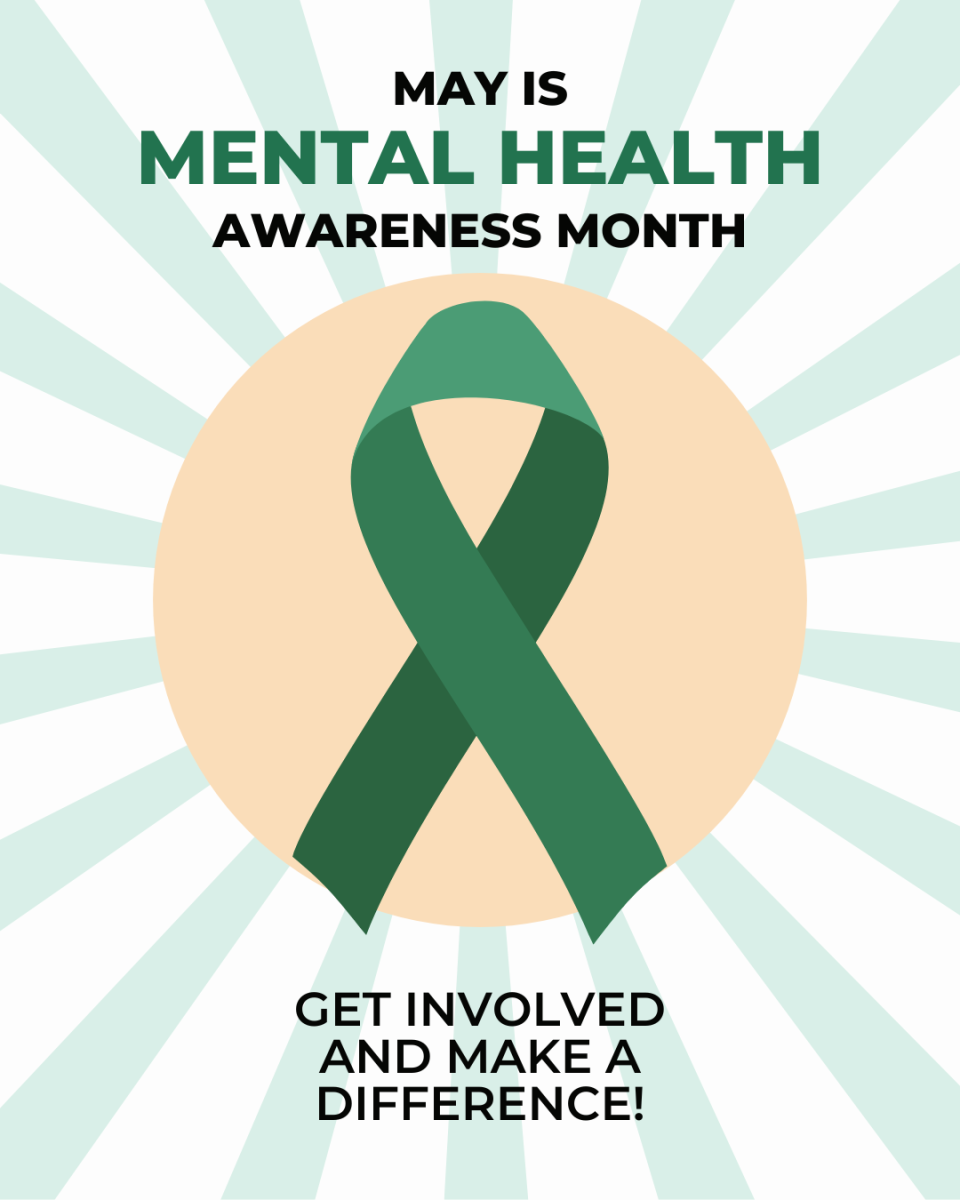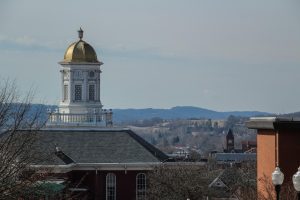This Week in History:
Do we still need nuclear weapons?
September 19, 2019
The United States, and much of the rest of the world, has had a long and troubled history with nuclear weapons. This week in history, the first underground nuclear test was conducted at the Nevada Nuclear Test Site on September 19th, 1957.
Nuclear weapons were developed during World War II under Franklin Delano Roosevelt. According to the Department of Energy, the United States government had spent two billion dollars, which is approximately 34 billion in today’s dollars, to fund the continuation of the Manhattan Project.
Among other reasons, one of the primary goals of the Manhattan Project was to develop a weapon to end World War II. Seeing that the Soviets were about to begin making territorial gains on Japan in Manchuria, Harry Truman decided to end the war quickly by using two atomic bombs, Fat Man and Little Boy, to destroy Nagasaki and Hiroshima.
Truman’s plan to stop the Soviets from gaining more influence in Asia worked, and Hirohito, the Japanese emperor at the time, surrendered after the second bomb fell.
After the war ended, development of nuclear armaments continued. The Soviets managed to create their first atomic bomb in 1949, which, according to The Cold War Museum, “came as a great shock to the United States because they were not expecting the Soviet Union to possess nuclear weapon knowledge so soon.”
The nuclear arms race was in full swing during the Cold War, with, according to Our World in Data, over 60,000 nuclear weapons being held by the United States and Soviet Union combined in 1986. Fortunately, there were never again as many nuclear weapons as there used to be and today, according to the BBC, there are almost 14,000 nuclear weapons split between the United States and Russia.
As a result of this arms race, the United States desired to further develop the destructive capabilities of a nuclear weapon, and so testing had to be conducted. Some of this testing occurred on abandoned islands, some would take place in deserted areas on land, and others would take place underground, including the first ever underground nuclear detonation in history.
This underground test was named Rainier, and it was part of a larger series of tests called Operation Plumbbob. This operation was incredibly controversial due to both the insane amount of radiation released into the atmosphere and the bio-medical experiments conducted in which, according to the Atomic Heritage Foundation, “Over 1,200 pigs were subjected to bio-medical experiments and blast-effects studies during Operation Plumbbob.”
Personally, I believe that while nuclear weapons are extremely risky for our survival as a species, they have their use when it comes to preventing conflict. If we were to do away with nuclear weapons entirely and the threat of Mutually Assured Destruction (MAD), there would be nothing to prevent another conflict on the scale of World War II. However, if the threat of MAD isn’t enough to deter a war between superpowers, then the risk of global nuclear war might become a reality.
While this seems to be like a lose-lose situation, I would most likely take the side of keeping some nuclear weapons to prevent another World War. However, it would be nice if we didn’t have enough nukes to threaten our survival as a species.
Tristan is a junior History major and is the President of the BU History Club.

